Home »
Misc »
How to improve basketball court vision
How to improve basketball court vision
Tips: How to improve your court vision?
In a relentless pursued to become a better player, improving your court vision is vital. Understanding and reading the game allows you to make better decisions for yourself and your team. Futhermore, court vision can allows players to find an open teammate in a high pressure situations. In the end, all of this can be invaluable in winning a game.
Developing your court vision
Basketball IQ does not develop on its own. It requires a certain amount of work, both individual and collective. Not all players have the same basketball IQ, neither the same technical, athletic and mental skills. However, all the players on a team must play together on the floor, with their own strengths and weaknesses. To play offense and defense as a team, players must also be aware of their teammates. Improving court awareness therefore imperatively requires teamwork in order to implement systems that have been learned collectively. But not only that, most of the work has to be done by yourself.![]()
Individually, there are different ways to improve your court vision.
– Watching and studying many basketball games: watching many plays and situations will allow you to learn a lot about how to play well. When a similar situation happens in a game, you will know what to do. You will have figured out what is the best decision for you and your team. This will be automatic, although many game situations are different, and the environment, particularly concerning the placement of players in offense and defense, is always to be taken into account.
– Playing: to assimilate everything you have learned theoretically, there is nothing better than experimented it in a real game. The practice and repetition of the moves will allow you to memorize the opportunities to be seized at a time T. The more experience you accumulate, the more you will be good at what you do. Whether in training or in games, applying the game systems as well as the advice received from your coach and teammates will allow you to improve.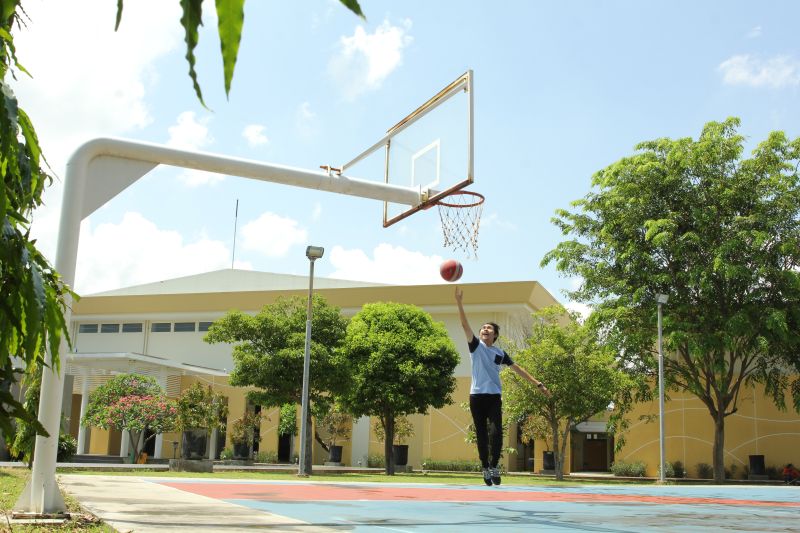 However, basketball is not an exact science. You can “feel” the game, it also works by feeling. Sometimes, you have to listen yourself and try new things.
However, basketball is not an exact science. You can “feel” the game, it also works by feeling. Sometimes, you have to listen yourself and try new things.
– Eye surgery: even if it can be done with a laser, it is an extreme method and is not recommended for everyone. Eyes are a very sensitive organ in the human body. A number of NBA players have nevertheless adopted this operation to improve their eyesight, without the need to wear glasses or lenses. LeBron James is one of them. Same as his now retired friend Dwyane Wade, as well as Chris Paul and sniper Danny Green, his Lakers teammate.
Like any area of life, everything is perfectible or a source of progress in terms of court vision. Certainly, you will not become John Stockton (best passer in NBA history) or Steve Nash (double MVP of the NBA season regular in 2005 and 2006) overnight. Even if in this area, starting from scratch, you will certainly make a lot of progress at the beginning, it seems logical that you will certainly also make a certain number of mistakes… Before regularly learning new subtleties and integrating them to your arsenal.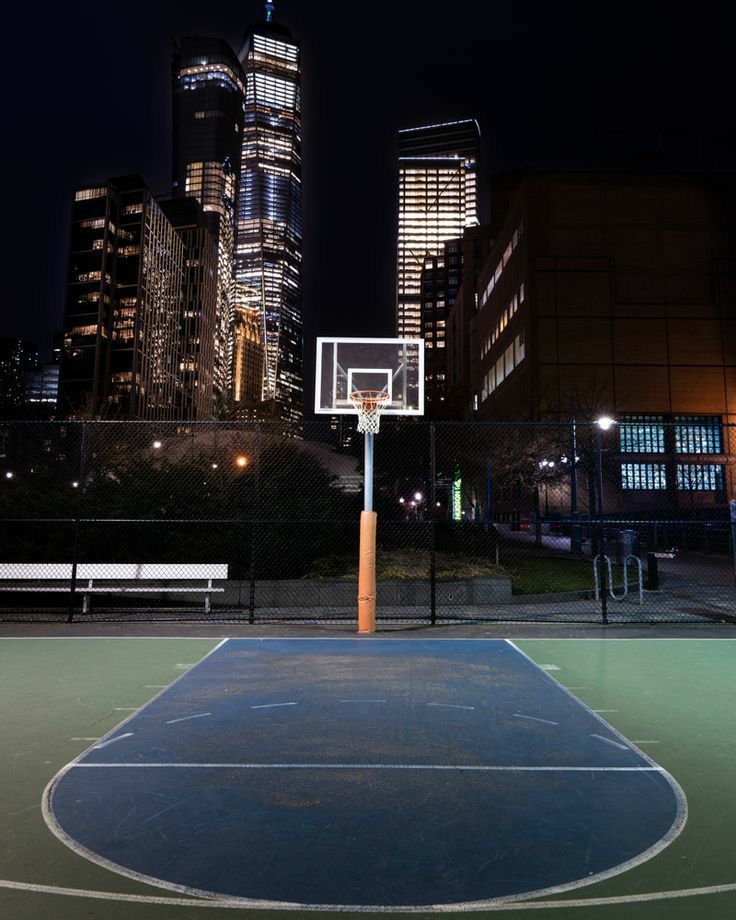 This is how we progress.
This is how we progress.
Related Items:featured, game vision, practice
⬇️ GO SHOPPING
Visual Skills You Need on the Basketball Court
As a vision training company, we often like to highlight how visual skills can be an overlooked attribute in sports with many athletes, coaches, or trainers unaware of how visual processing can be trained. In every aspect of life, 80% of your sensory information is received through the visual system, which highlights the importance of improving your visual process skills to improve and help athletes make better decisions more quickly. With the NBA regular season kicking off last night, we wanted to focus on how vision training can impact basketball players' performances on the court.
POINT GUARDSPoint guards are the captains of the offense, constantly guiding their teammates to the next move. Play calls are rarely predetermined and usually chosen based on their perception of the defense. Elite point guards have exceptional hand-eye coordination and orchestrate an offense. Redirecting a dribble based on the defense is directly related to both hand-eye coordination and playmaking ability. Additionally, a player’s ability to recognize open lanes and drive to the rim or find open areas to pass are fundamental components that can make a good point guard elite. Training recognition on our platform can aid a point guard in reading the defense and responding quickly with the correct decision.
Redirecting a dribble based on the defense is directly related to both hand-eye coordination and playmaking ability. Additionally, a player’s ability to recognize open lanes and drive to the rim or find open areas to pass are fundamental components that can make a good point guard elite. Training recognition on our platform can aid a point guard in reading the defense and responding quickly with the correct decision.
The two drive and kick concepts above demonstrate the importance of visual recognition for point guards. The drive draws the defenders' focus inward towards the lane, leaving a man for the kick-out to take the open shot. Without the visual recognition skills of the point guards, this concept would not work.
FORWARDS AND CENTERSSize and strength are key factors for top rebounders. However, as any 90’s Bulls’ fan that witnessed the genius of Dennis Rodman, we know that timing is another trait that can aid in rebounding.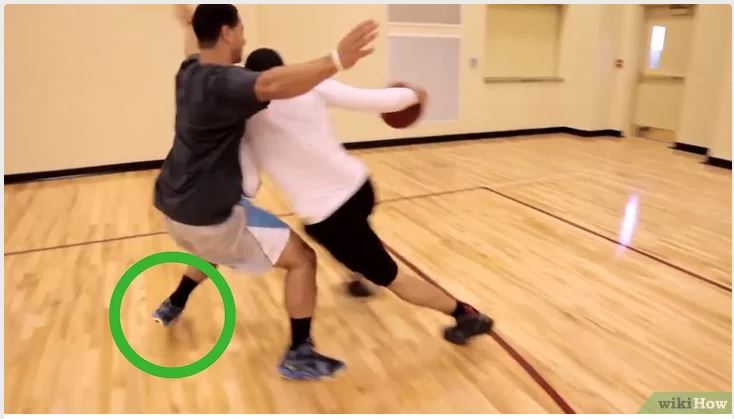 Height is static, though weight training can improve any player’s strength. Likewise, timing can improve with practice. On offense or defense, tracking the ball accurately in the air is crucial for timing one’s jump and positioning one’s self to grab a rebound. Further, the ability to react quickly and accurately to the bounce of the ball from the backboard or rim can be the difference in who grabs the ball first. In this clip, you will see when the ball hits the rim and a player goes to grab it, his eyes are going to converge on the ball. Both tracking and convergence are skills we train in our program.
Height is static, though weight training can improve any player’s strength. Likewise, timing can improve with practice. On offense or defense, tracking the ball accurately in the air is crucial for timing one’s jump and positioning one’s self to grab a rebound. Further, the ability to react quickly and accurately to the bounce of the ball from the backboard or rim can be the difference in who grabs the ball first. In this clip, you will see when the ball hits the rim and a player goes to grab it, his eyes are going to converge on the ball. Both tracking and convergence are skills we train in our program.
In the example above, we see Kevin Love accurately track the ball and time the jump to secure the rebound. After he secures the rebound, he shows excellent divergence by locating his open teammate streaking down the court. This sequence is an excellent display on how you can seamlessly switch between visual skills on the court to execute play-to-play.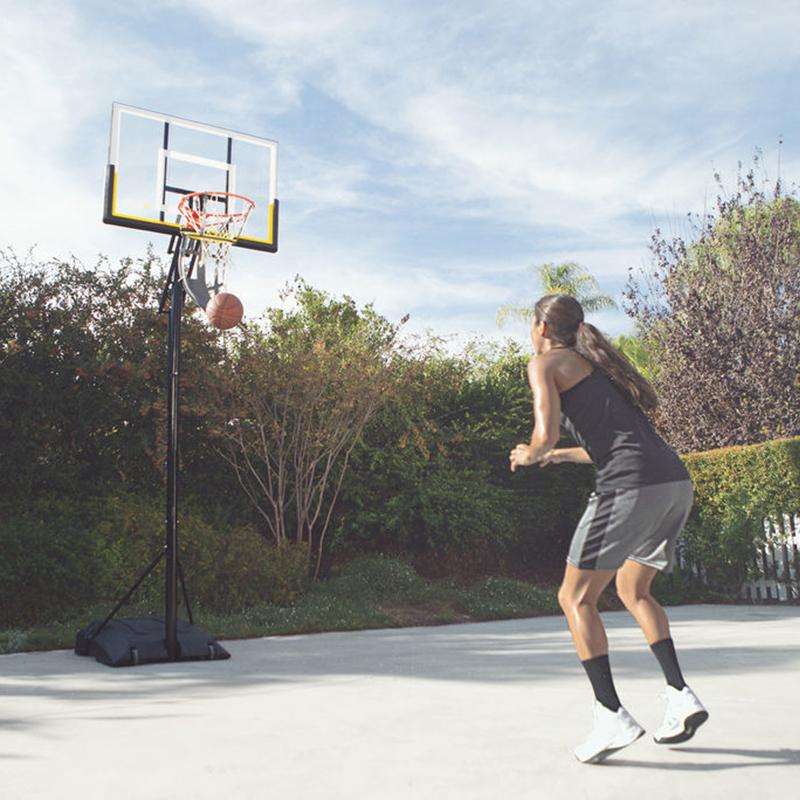
ALL PLAYERSWhen passing or shooting, we assume we know the exact location of our target. However, often in our testing of athletes (both amateur and professional), we find athletes with vision that’s misaligned. Their view of the target is NOT where the target actually is in space. While that should surely be a worry to any player, it should also be reassuring that our test can sniff out those with alignment issues AND help to correct the issue with training.
Vizual Edge is a leading solution for evaluating and training athletes' visual skills at all levels. As former NBA Champion, Dr. Jack Ramsay, says
“A key basketball skill is imagery. The best players ‘see’ situations before they happen so they can be prepared.”
- Dr. Jack Ramsay, NBA Champion
Competition continues to grow in all sports and passionate players are looking to gain a competitive advantage in any way possible. Think of vision training with Vizual Edge to improve in a way that your opponents are not!
Think of vision training with Vizual Edge to improve in a way that your opponents are not!
- Josh Tumpane
Follow Vizual Edge on Twitter @VizualEdge
Basketball for children - what is useful, at what age to play
Basketball is one of the most popular sports games. Basketball for children is considered one of the early sports, because kids can be enrolled in the first lessons from the age of 3. But the most important advantage of basketball is its accessibility.
Sections for children are available in schools and neighborhood clubs, and classes are often free. And if you are not ready to give the child to the section, just buy him a ring and a ball and hang it on your site and the kid will already be busy in sports, which means he will get the maximum benefit for development.
Benefits of basketball for children, what qualities it develops
Before sending a child to a section, parents should know how basketball is useful for children and what qualities it develops.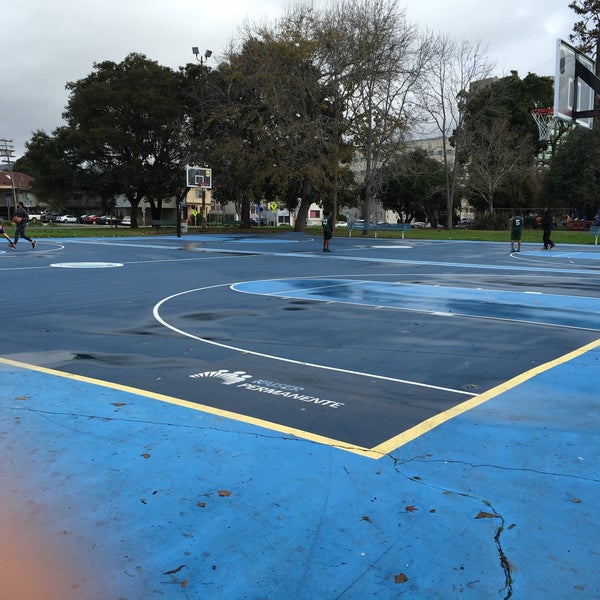
First of all, like any team sport, basketball develops social skills. Working in a team, children learn to help each other, care about common interests and work for the good of the team.
Moreover, this basketball is an excellent emotional release. It helps the guys throw out negative energy and get positive emotions. Along with this, character is tempered during classes, and the child learns to go towards the goal, sacrificing his own desires and needs.
Basketball also helps to get rid of complexes. This is especially true for tall girls who are noticeably taller than their peers. In a team where all players are taller than average, the girls no longer feel like a black sheep, but gain self-confidence and begin to be proud of their height.
The influence of playing basketball on the physical development of a child
The influence of playing basketball on the physical development of a child is also strong. First of all, the guys involved in this sport develop endurance, and all muscle groups are strengthened. Basketball practice - these are jumping, running, swinging arms, tilts and squats, which allow you to develop all muscle groups and strengthen the heart and blood vessels.
Basketball practice - these are jumping, running, swinging arms, tilts and squats, which allow you to develop all muscle groups and strengthen the heart and blood vessels.
In addition to the general health benefits, basketball will also help prevent the development of certain diseases that result from an inactive lifestyle.
What's more, basketball develops:
- Overview of vision. Due to the fact that the player must constantly keep an eye on the ball and other players, the field of view is improved. Children learn to manage peripheral vision and train their eyes;
- Reaction speed. Often during a match, an athlete must make lightning-fast decisions on which the outcome of the game depends. This helps children learn to respond quickly to emergency situations;
- Mindfulness. Through intense play, attention and memory develop, which not only has a beneficial effect on the playground, but also in studies and everyday life.
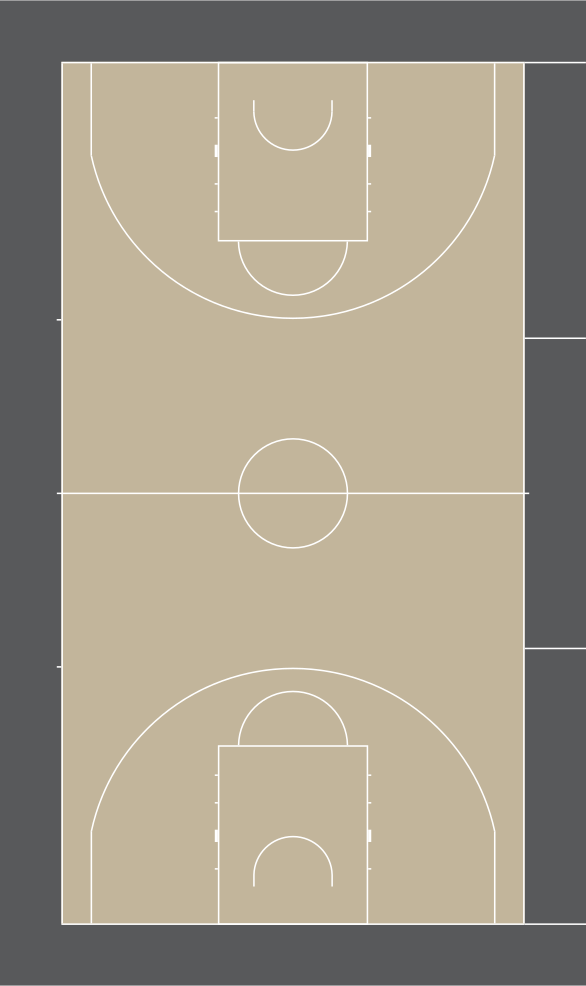
Given these facts, the question of what basketball gives a child can be answered that classes will strengthen physical, mental and mental health. That is why basketball is often recommended to children suffering from reduced attention and weak immunity. But not all children can benefit from basketball, you can find out what kind of sport is suitable for a child here.
Does playing basketball make children grow
It is often said that basketball makes children grow, but is it really true? Recent studies have shown that yes, indeed, he can help the baby grow up, but is not able to grow a giant out of him.
The increase in height is due to the straightening of the spine, which is stretched during jumps. Also, a slight increase in growth contributes to the strengthening of the muscles of the back and legs.
But to say that basketball can significantly affect the growth of an athlete is wrong, there is no scientific justification for this.
The fact that in the sections all children are really tall is explained simply - short children simply leave this sport, because they cannot compete with tall athletes, as a result they move on to other sports, for example, volleyball, where they need both tall and undersized athletes.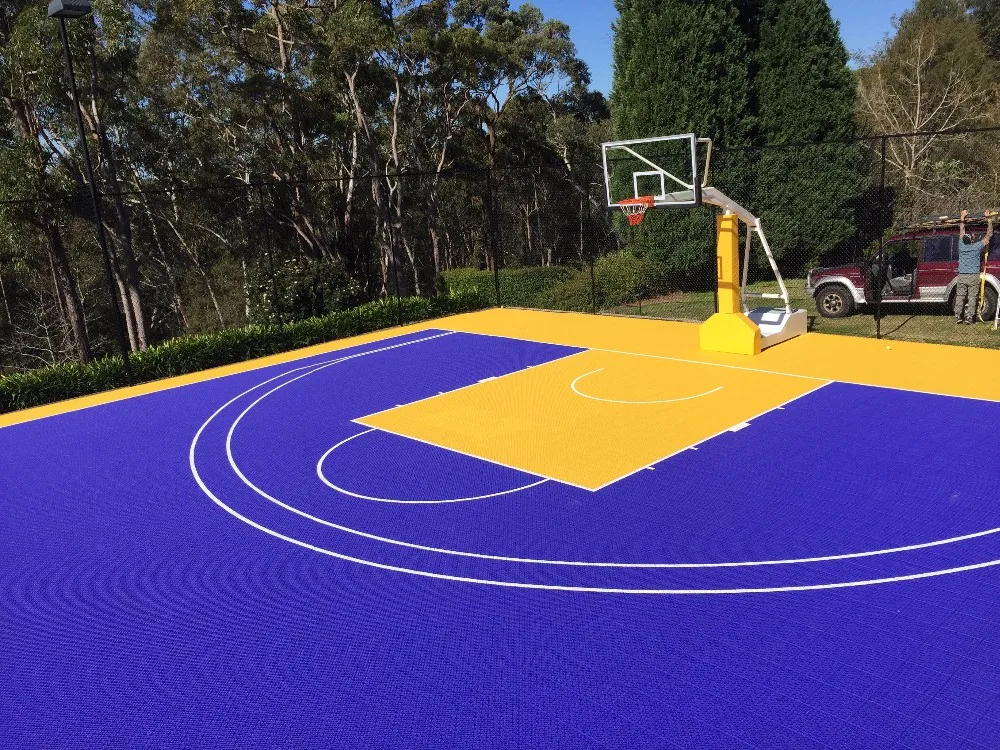
At what age can a child play basketball
For preschool children, basketball is available from 3 years of age. Often this game is played in physical education classes in kindergarten. Of course, such a crumb will not be taken to the section, but at this age the child can already be introduced to the ball and the net.
Professional basketball training for children starts at the age of 5-6 years. At this age, you can enroll in a section at the sports palace, both boys and girls are accepted. The first 4-5 years the guys work out together, and only at the age of 10 the coach forms the men's and women's teams.
Basketball for beginners is more about general physical training and familiarity with the ball. In the first years of training, the coach pays special attention to the development of endurance, so most of the training takes place in the fresh air.
In the gym, the guys learn different techniques and combinations, and also learn how to hit the basket. According to statistics, it is in their youth that children are more likely to encounter injuries in basketball. This is due to not yet developed coordination and lack of skills in programming movements.
According to statistics, it is in their youth that children are more likely to encounter injuries in basketball. This is due to not yet developed coordination and lack of skills in programming movements.
That is why sports insurance for basketball at this age is a necessity, because it will reimburse the costs of treatment and provide the young athlete with high-quality rehabilitation, which will prevent the occurrence of fatigue injuries and chronic injuries in the future.
Age characteristics of children in basketball
Age characteristics of children in basketball are a fundamental factor in drawing up a schedule and training plan.
Consider how the load of basketball players changes with age:
- 3-5 years. At this age, kids still do not know how to memorize the rules of the game and listen to the coach. All classes are held in a playful way and are aimed at developing coordination of movements and mindfulness;
- 5-7 years old.
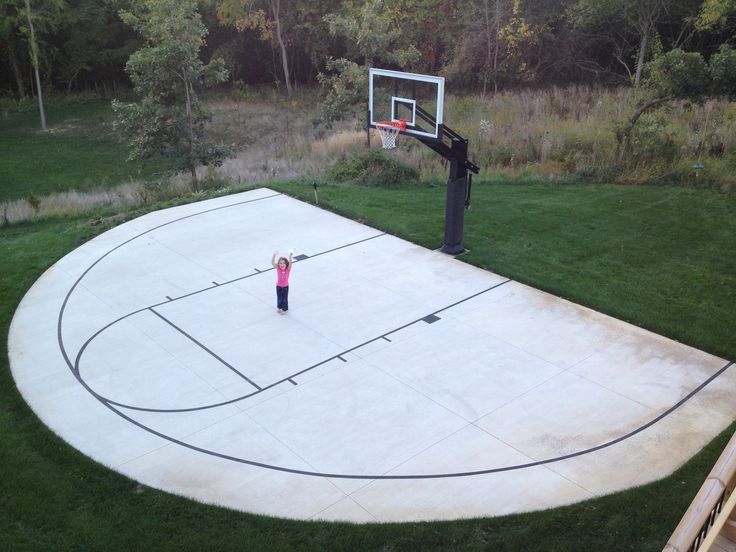 During this period, special attention is paid to the physical development and increasing the flexibility of the child. The goal of the trainer is to maximize endurance and strengthen all muscle groups. Also at this stage, children begin to learn the rules of basketball and learn various tactical and dynamic techniques;
During this period, special attention is paid to the physical development and increasing the flexibility of the child. The goal of the trainer is to maximize endurance and strengthen all muscle groups. Also at this stage, children begin to learn the rules of basketball and learn various tactical and dynamic techniques; - 7-9 years old. This is the age at which real training starts. At the age of 8, children can already participate in competitions. Now all their work is aimed at the result of the whole team. During these years, the main task of the coach is to teach the guys to interact with each other;
- 10-12 years old. At this age, men's and women's teams are formed. Now the team is becoming a real family with common goals and objectives. Most often, it is at this age that the first victories occur;
- 12-14 years old. At this age, children learn to program their movements. This is a very important stage for every basketball player, because the final result of the maneuver depends on it.
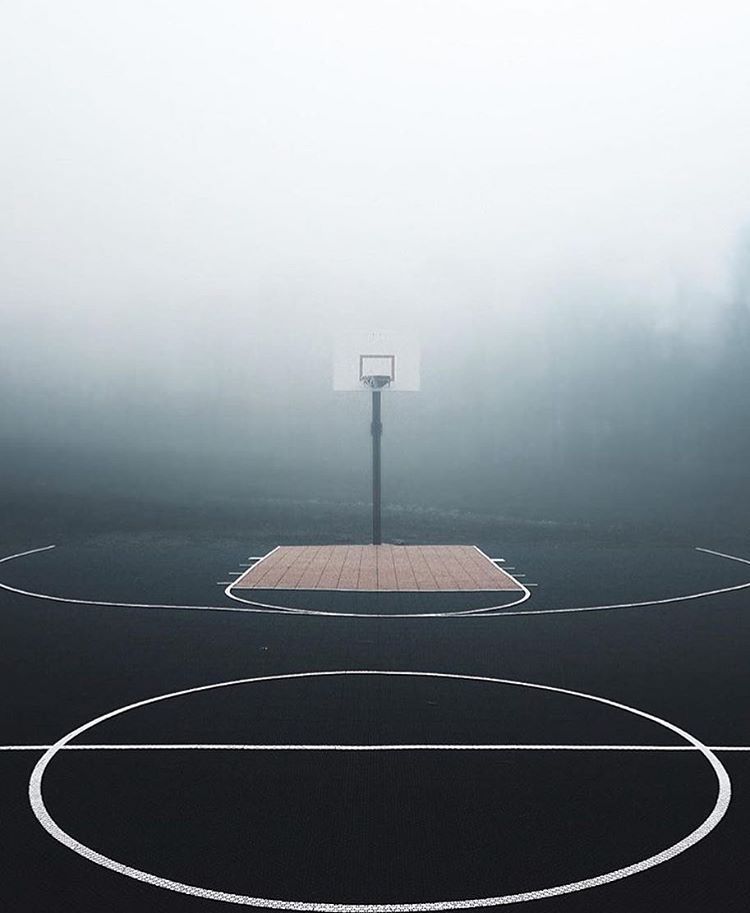 At this time, the main task of the coach is to hone the movements of each player to the ideal;
At this time, the main task of the coach is to hone the movements of each player to the ideal; - 14-16 years old. This is the time to master tactical thinking. The brain of a teenager is already ready to solve tactical problems and make quick decisions. At this moment, the coach already sees which of the guys can become a real champion;
- 16-18 years old. This is the age when a teenager must show all the acquired skills. Strong players are formed into teams to participate in important competitions. At this time, the start in a sports career begins, because the guys already have sports categories and can participate in adult competitions.
If you want to grow a real champion out of a child, a section at a school or a sports palace is a good place to start. Later, by the age of 7, the basketball section for children should be focused specifically on professional activities. Such a section can be found in any city, because this sport is very popular. You can choose a section closer to home in our catalog of sports schools and sections.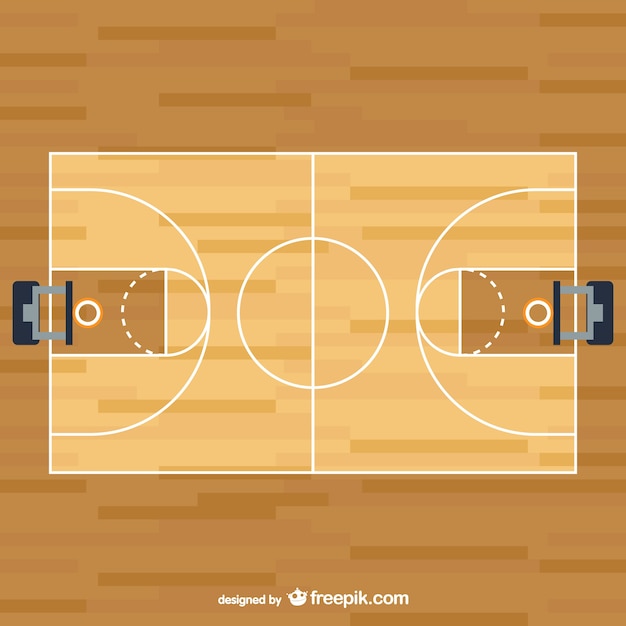
Basketball is one of the sports for children, which has a minimum of contraindications and a maximum of benefits. Classes on the playground and in the gym can be the best hobby for a child, because during the game the guys learn true friendship. Moreover, basketball for children will also help parents in raising a teenager, because the child will grow up in a healthy company and he simply will not have time for nonsense.
20 Legendary Accessories That Changed Basketball - Lantern - Blogs
Once upon a time, basketball players looked like this.
But since then, everything has changed: additional accessories began to break into the game more and more actively, not only giving their owners a unique look, but also in a sense changing basketball itself. 20 legendary fashion attributes on the basketball court - in the Lantern blog.
Trends can be absolutely polar: ideas about basketball fashion sometimes developed in diametrically opposite directions, so that it turned out that someone stood out and someone did not.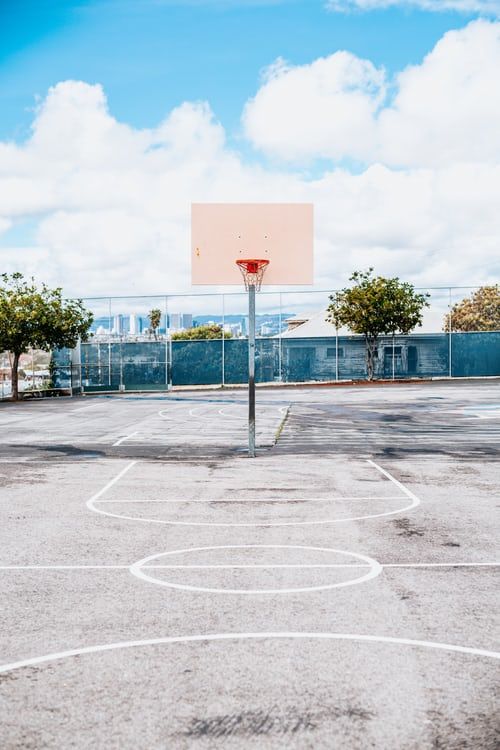
Accessory No. 1. Wilt Chamberlain's Armband
Chamberlain was one of the league's greatest dudes and the first to introduce this accessory. On Wilt, she looked so organic that no one even got attached to him about this. Characteristically, the center wore a bandage on his head in the last five years of his career - the same ones that he spent in Los Angeles. And this is an indirect reason to believe that it was more of an attribute of style than something else.
Accessory No. 2. Donald Watts headband
For Donald Watts, the headband was not a fashion item, but a necessity: his head was sweating so much that sweat often got into his eyes, making life on the court as difficult as possible for him. At first, Watts wrapped tape around his skull (it was not very pleasant to tear it off later), then he saw what Wilt Chamberlain was doing - this is how a strip appeared on Slick's head, which was remembered much more than his game. Unlike Wilt, the Seattle player did not escape attention: on the one hand, coach Bill Russell pressed Watts to stay true to style, as he noticed that this was due to the level of his game, on the other hand, everyone else, for whom Watts and his bandage became the object of constant ridicule.
Unlike Wilt, the Seattle player did not escape attention: on the one hand, coach Bill Russell pressed Watts to stay true to style, as he noticed that this was due to the level of his game, on the other hand, everyone else, for whom Watts and his bandage became the object of constant ridicule.
She didn't smell very good either: Watts didn't have time to wash the bandage, and he didn't have another one.
Accessory No. 3. Bill Walton Headband
The main NBA hippie created a unique image for himself - a huge head of hair, a beard, knee pads and, of course, multi-colored headbands that helped to restrain the main object of his pride and rebelliousness. It is unlikely that a person like Bill Walton could influence at least someone, but his uniqueness was emphasized, among other things, by additional elements of the wardrobe.
Accessory No. 4. Cliff Robinson Headband
Watts finalized headbands as a possible attribute of a professional basketball player, but for many it was more of a comical accessory: and for a long period of the 80-90s he went out of fashion radars. In 1989, Cliff Robinson entered the league and did the unthinkable, revolutionizing the perception of an element previously associated with tennis. To do this, he had to go through a lot: swearing from the stands against Robinson was mainly related to an attribute of equipment that was unusual for many, and his appearance became much more discussed than his actions on the site. But at some point, everything changed: headbands ceased to be an attribute of freaks and finally became fashionable - to such an extent that they became closely associated with hip-hop and other things.
In 1989, Cliff Robinson entered the league and did the unthinkable, revolutionizing the perception of an element previously associated with tennis. To do this, he had to go through a lot: swearing from the stands against Robinson was mainly related to an attribute of equipment that was unusual for many, and his appearance became much more discussed than his actions on the site. But at some point, everything changed: headbands ceased to be an attribute of freaks and finally became fashionable - to such an extent that they became closely associated with hip-hop and other things.
Most recently, Ben Wallace defended his right to wear a bandage on his head in a confrontation with Scott Skiles: the coach initially forbade the players to walk in this form and fined the center, but then he also gave up.
Rondo was hit on the head not by anyone, but personally by David Stern - for wearing a bandage so that the emblem of the league turned upside down and thus stung the aesthetic taste of the commission agent and showed disrespect for the NBA.
Accessory #5: LeBron James Headband
The LeBron James headband has become legendary before our very eyes. Until two months ago, the Heat forward was one of the many players in today's NBA who prefers to cover their foreheads with a bandage, but Game 6 of the final series changed that perception forever. In the fourth quarter, LeBron lost the accessory and did not put it on again - after losing the armband, he managed to give out a key segment in the match, cover Duncan, hit 4 times out of 5, score one of the decisive "three-pointers" and make a turning point in the game. That match should have been a “Ray Allen throw match,” but it became a “LeBron James headband match”: a sweeping change that merited close scrutiny, spawned hundreds of memes and other humorous gags, inspired a song, and many questions about whether or not to wear it. in the 7th match.
The opposite story happened with socks at that time.
The NBA of the 70s and 80s is the league of long socks.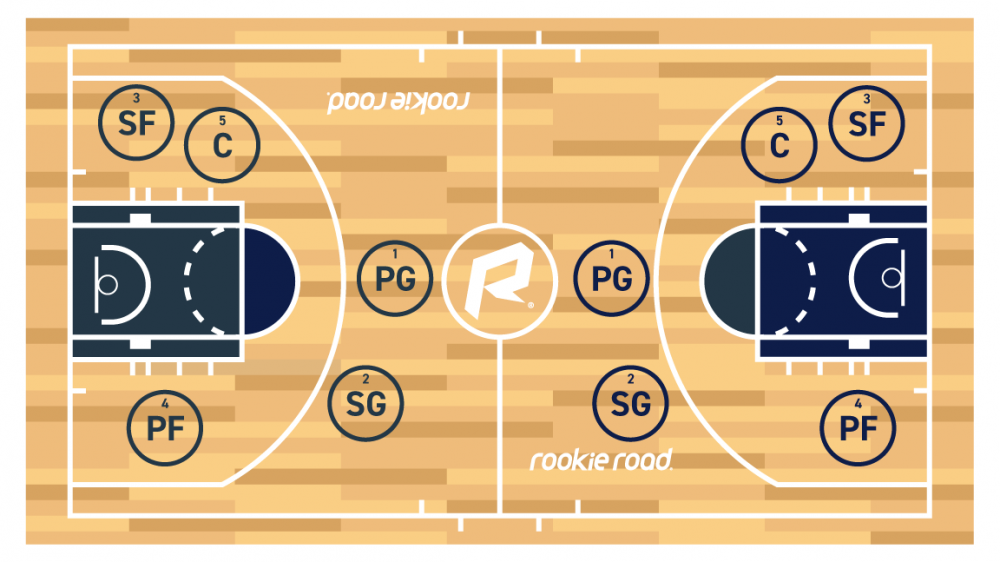 Julius Irwin, George Gervin, Wilt Chamberlain, Earl Monroe, they all set a style that was prevalent.
Julius Irwin, George Gervin, Wilt Chamberlain, Earl Monroe, they all set a style that was prevalent.
Now everything has changed. Long socks are out of fashion for a long time, and their owners look exceptional, attracting additional attention to themselves.
Jason Terry.
Derrick Rose.
Mike Miller with his five socks at once.
Kyle Korver.
More recently, Nick Van Excel.
Accessory No. 6. Pete Maravich socks
Pete Maravich, however, managed to stand out even here. The Pistol changed only a few pairs of socks throughout his career and wore everything in such a bizarre way. As only he could.
At the same time, you need to understand that fashion has not always played a decisive role in determining an accessory.
Accessory No. 7. George Mikan's glasses
From childhood, everyone bullied Mikan: he already wore glasses at school and was the object of ridicule.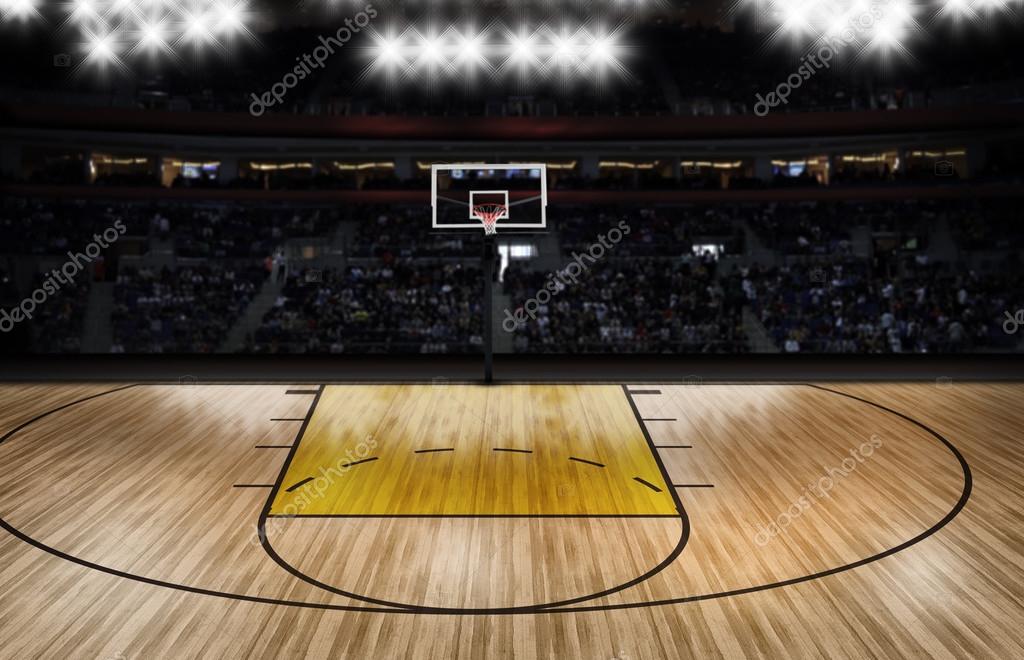 When the kid started playing sports - football, hockey, then baseball - the ridicule only intensified. George went to basketball, but was immediately refused: even his height was not seen as such a disadvantage (then more slender comrades played basketball), the coach immediately told him that it was better not to go to the basketball court with such binoculars.
When the kid started playing sports - football, hockey, then baseball - the ridicule only intensified. George went to basketball, but was immediately refused: even his height was not seen as such a disadvantage (then more slender comrades played basketball), the coach immediately told him that it was better not to go to the basketball court with such binoculars.
Maikan at some point got tired of trying to convince everyone and gave up the sport. He went to university intending to get a degree in law, but there he met a coach who was not embarrassed by the sight of his glasses, and in addition taught him how to use his size in such a way as to become the first dominant player in the history of basketball. Especially no one knows that the first dominant player wore glasses with an elastic band.
Accessory no. 8 Kurt Rambis glasses
Rambis has the opposite situation. Two things are known about him: firstly, he wore glasses that formed an inimitable ensemble with his mustache, and secondly, Kevin McHale flunked him.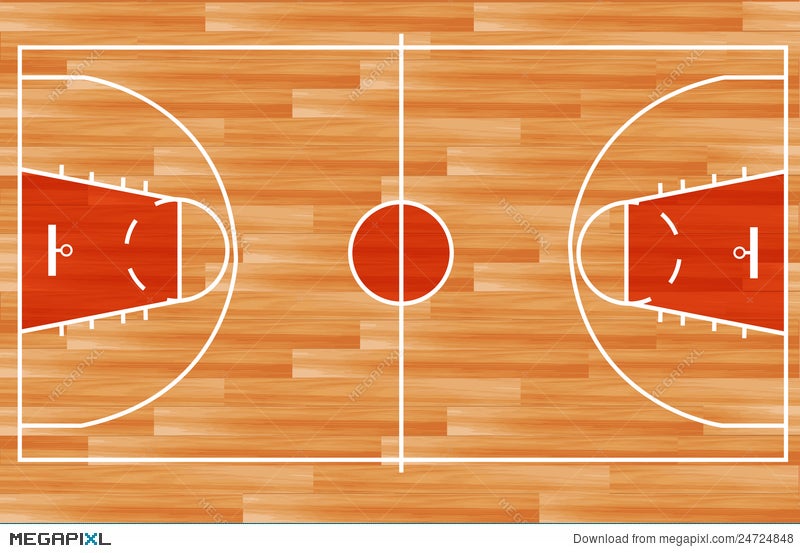 Actually, thanks to this (repulsive, unpretentious appearance and the ability to bring anyone to white heat), he got his nickname "Superman".
Actually, thanks to this (repulsive, unpretentious appearance and the ability to bring anyone to white heat), he got his nickname "Superman".
Rambis also endured humiliation since childhood: he was beaten by points in all the sports he tried to play. Finally, his parents got fed up with it and bought him a pair of unbreakable goggles, the later version of which was fine after that flight that Kurt McHale arranged.
Accessory No. 9. Horace Grant's Goggles
Grant's Goggles are an important part of his career. Once he played for Chicago - he hated Jordan, was friends with Pippen, demanded a different attitude towards himself, but did not always receive it. And what about goggles? Horace did not wear them in those days. But at some point during the 90/91 season, one of Phil Jackson's assistants drew attention to the fact that Grant inexplicably began to drop the percentage of hits from the average: and this was exactly the skill that the striker actually claimed for a more active role in the bulls' attack.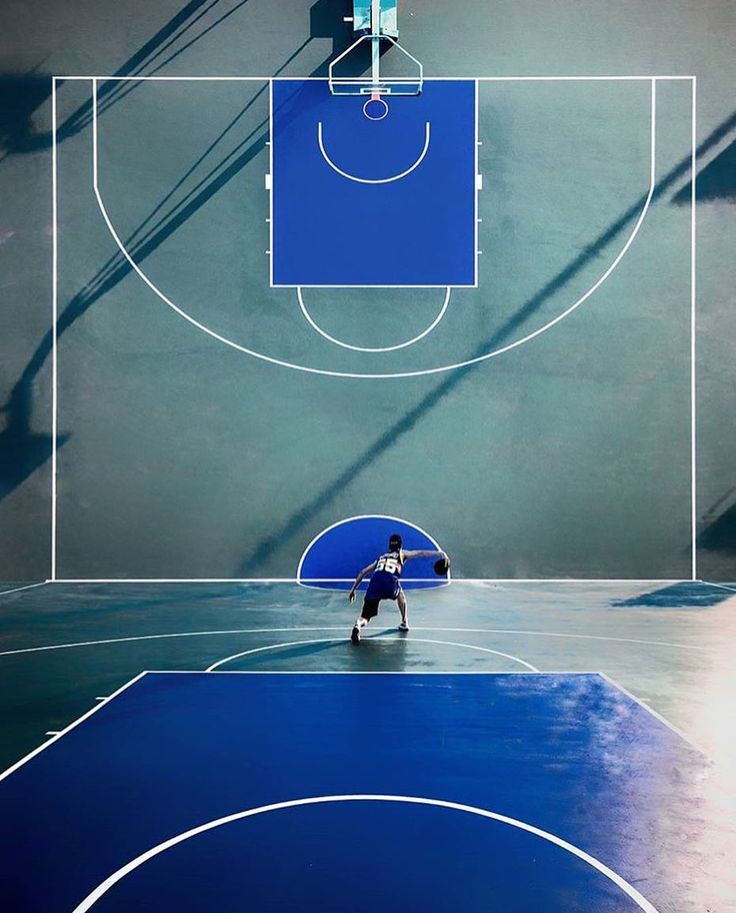 Then Grant was forced to play goggles, which were essentially goggles. Despite the fact that the percentage returned to its usual level, he got used to them for a very long time and at first he still tried to get rid of the uncomfortable thing.
Then Grant was forced to play goggles, which were essentially goggles. Despite the fact that the percentage returned to its usual level, he got used to them for a very long time and at first he still tried to get rid of the uncomfortable thing.
A few years later everything changed. Grant escaped from Chicago, and goggles became not only an integral attribute of his image, but also marked a revolution - he made them part of the uniform and chose the appropriate color scheme. In parallel, he underwent an operation to correct his vision, but he no longer parted with the attribute that defines his image.
Harvey Grant's Goggles
Horace's twin brother also picked up the contagious fashion.
All other accessories that have firmly entered basketball and turned into fashion attributes initially appeared by accident and were associated with injuries.
Some have passed without leaving a special mark on history.
Hakim Olajuwon's Goggles
Olajuwon wore goggles for a limited time at the beginning of 91 years.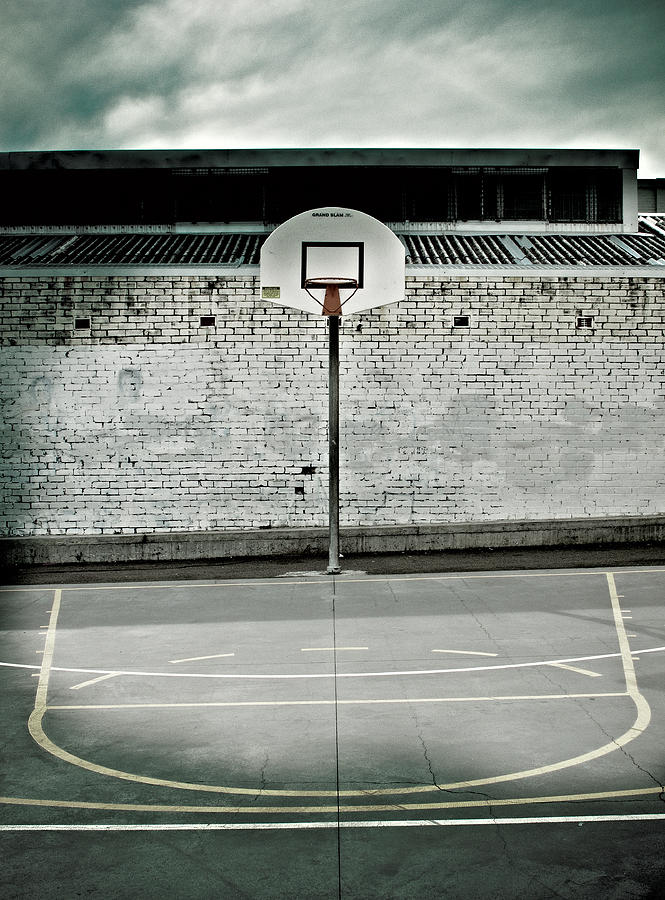 In January, with an accidental elbow, Bill Cartwright (all of his elbows were completely accidental) broke the Rockets center's eye socket. And Hakim, returning a month later, wore goggles for insurance. In fact, he'd tried to play with goggles before that, but he didn't feel comfortable wearing them.
In January, with an accidental elbow, Bill Cartwright (all of his elbows were completely accidental) broke the Rockets center's eye socket. And Hakim, returning a month later, wore goggles for insurance. In fact, he'd tried to play with goggles before that, but he didn't feel comfortable wearing them.
GOGGLZ Roy Tarpley
John Sally 9000 9000
Cerona Batler 9000 9000 and KIRA HINEC injuries, stayed with the players forever and made them even more memorable.
Accessory #10 Buck Williams Goggles
Started wearing goggles after getting his cornea scratched in the playoffs at 90-m.
Assessor No. 11. GOGGLZ TRALLA BAILI
Accessory No. 12. GOGGLZ James Warti
Warti was injured in the 85th career and the rest of his career ran into protective glasses.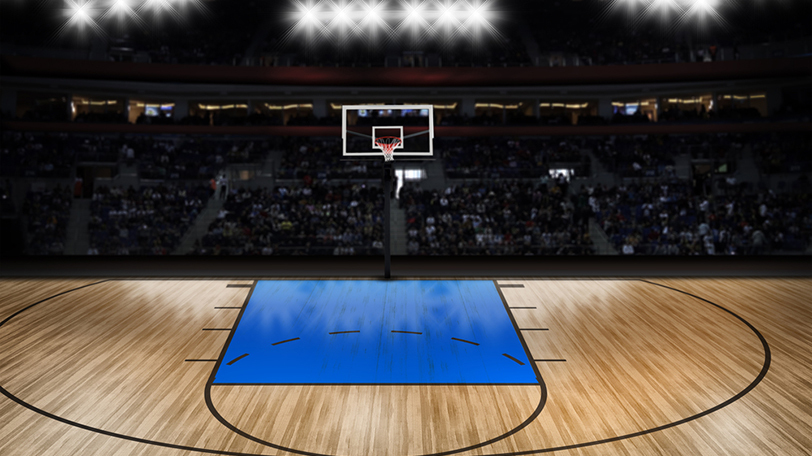
Accessory No. 13. Moses Malone's Goggles
One of the best rebounders in league history suffered an integral injury to that status in '86 when Randy Brewer broke his eye socket. From that moment on, Malone, whose eyesight was rapidly deteriorating, played Goggles. They turned out to be especially appropriate in 1988 - the fight with Jack Sikma was remembered mainly for how deliciously the glasses flew off after mutual blows.
Accessory No. 14. Kareem Abdul-Jabbar's Goggles
Karim's Goggles is one of the most iconic accessories in basketball history because it accompanied one of the best players of all time throughout his career. Elsindor suffered an eye injury—his cornea was scratched—while still at university: the UCLA center was so dominant in college and then in the NBA that it was often only fouls and dirty tricks that could stop him. Then he wore glasses only sporadically when recovering from an injury.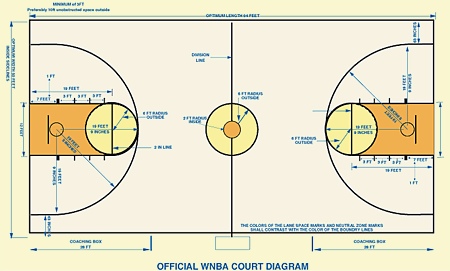 But things got worse at the Bucks: Jabbar was often played rough, often caught with fingers in the eyes under the shield, and at some point in the preseason, the damage to the eye worsened again. As you know, then, in a rage, Karim broke his arm on the backboard and missed 16 matches: after this incident, in the 74th, he appeared on the court without goggles only in the 79 season/80, and then returned to them when he developed corneal erosion, his eyes stopped producing fluid and began to dry.
But things got worse at the Bucks: Jabbar was often played rough, often caught with fingers in the eyes under the shield, and at some point in the preseason, the damage to the eye worsened again. As you know, then, in a rage, Karim broke his arm on the backboard and missed 16 matches: after this incident, in the 74th, he appeared on the court without goggles only in the 79 season/80, and then returned to them when he developed corneal erosion, his eyes stopped producing fluid and began to dry.
GOGGLZ BO Outlo
Accessor No. 15. Goggls Amare Staudemair
Amara and always laughed at it and always laughed at it, that “these eyes were not saying that“ these eyes were not say look very trendy." In 2009, Stoudemire underwent eye surgery: in a match with the Clippers, he was poked in an already injured eye, he was diagnosed with a detached retina - and since then he has consistently appeared on the court in glasses, as there is a serious question about a possible loss vision.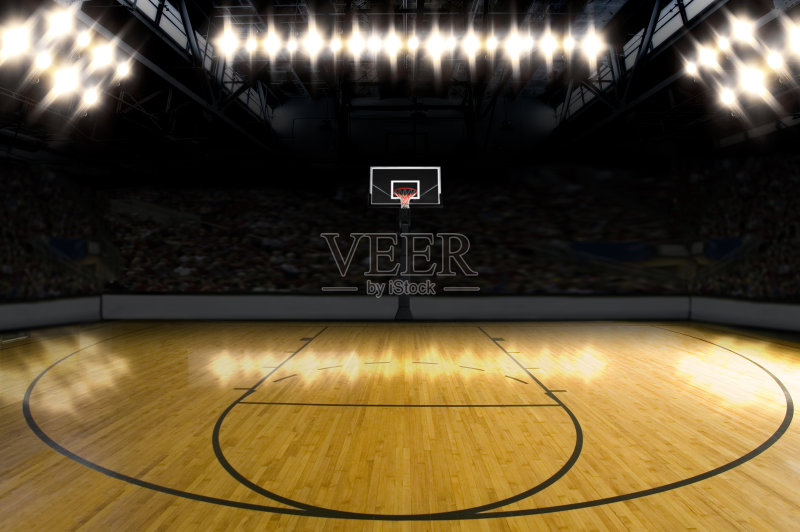
There is only one interesting point in this: initially, Stat borrowed the same shape of the frame that was ridiculed by Outlaw. After that, he began to do experiments to "make them fashionable."
Ben Wallace's Goggles
Who really saw this as a stylish attribute was Ben Wallace. In 2005, he appeared at the match with Sacramento in such a wardrobe item. When asked why he needed them, he replied that they give him additional energy.
In fact, the glasses were prescribed by the doctor because Wallace's eyesight was beginning to fail, and eye poke didn't do much to reverse the trend. But Ben got tired of them in the first quarter. If not for impatience, then these goggles would have been destined for a place in history.
Not only glasses can become fashion items.
Accessory No. 16. Tim Duncan knee pad
Here he is the hero of the past season.
On February 4, San Antonio played Washington, and it turned out like this: Martell Webster fell on the left knee of the Spurs leader - Duncan received knee and ankle injuries.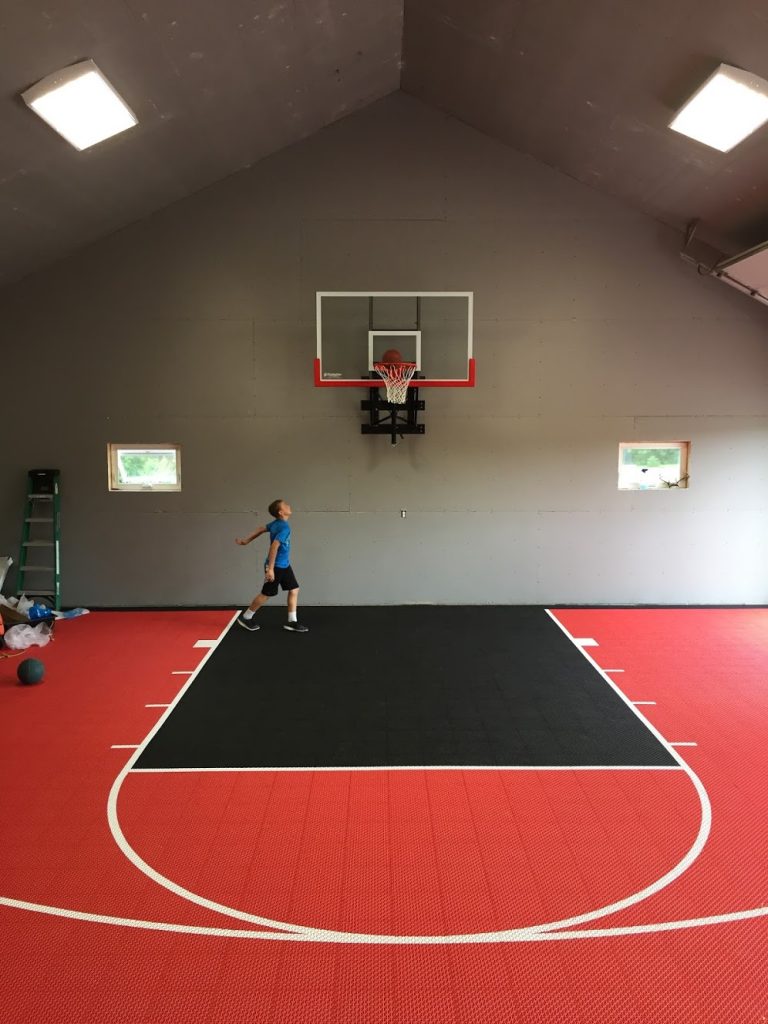 But everything turned out well: the center missed only 10 days, rested, returned even more cool and brought the team to the final.
But everything turned out well: the center missed only 10 days, rested, returned even more cool and brought the team to the final.
That day, Duncan later admitted, his career was hanging in the balance. If not for the kneecap, then the cruciate ligaments would fly. So, on the site of Tim, we would no longer see.
So something like this:
Accessory No. 17. Magic Johnson, Patrick Ewing and Bill Walton knee pads carriers. At various points in their careers, Magic Johnson, Patrick Ewing and Bill Walton experienced knee problems, and the necessary protective equipment became essential - accompanied them until the very end of their careers. At the same time, acting as not just an element that helps prevent the recurrence of an injury, but also a stylish accessory that has acquired this meaning for new generations.
Accessory No. 18. Rip Hamilton mask
In the 2002/03 season, Hamilton had his nose broken twice, since then he has always appeared on the court only in it. In fact, the mask is a doctor's prescription. Those two fractures were far from the first in the player's career, he underwent three nose reconstructions, lost his nasal cartilage, so it was decided to protect himself from subsequent ones. But few people know about this: in the mask, Hamilton became the champion, played twice in the final, established himself as one of the best snipers in the league, and therefore gradually created a myth around the legendary accessory - he calls it "Superman's cape" and claims that he continues to wear simply because it makes him feel more confident, and the mask brings him good luck
In fact, the mask is a doctor's prescription. Those two fractures were far from the first in the player's career, he underwent three nose reconstructions, lost his nasal cartilage, so it was decided to protect himself from subsequent ones. But few people know about this: in the mask, Hamilton became the champion, played twice in the final, established himself as one of the best snipers in the league, and therefore gradually created a myth around the legendary accessory - he calls it "Superman's cape" and claims that he continues to wear simply because it makes him feel more confident, and the mask brings him good luck
The uniqueness of the Hamilton mask is emphasized by the fact that this accessory is considered the most disliked by basketball players.
The most commemorative masks were wore: Bill Lambir in 90th
Kobe Bryant in 2012-M
Ladurunas Ilgauskas in 2004-M
Alonzo Mourning in 98-M
9000
Brandon Wilims in the Wiliams in 98th
LeBron James in 2005
Kyrie Irving in 2012
But none of them remained faithful to the subject, which caused only irritation.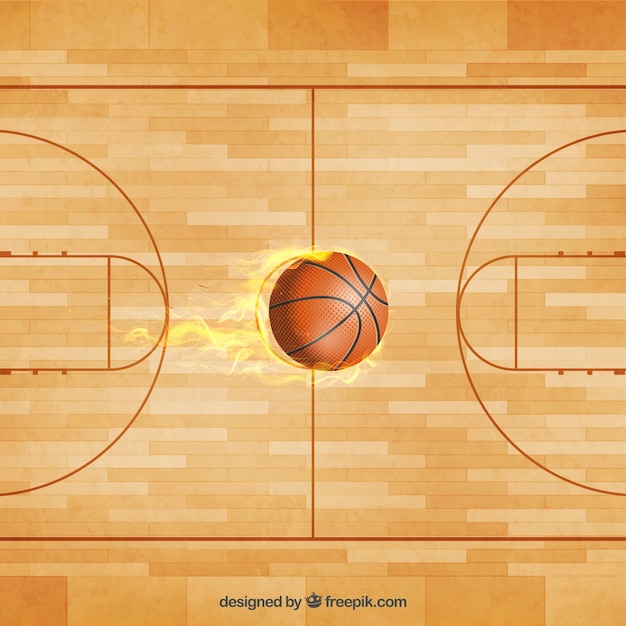
Accessory No. 19. Allen Iverson Sleeve
No one has changed the fashion of the NBA like Allen Iverson did. The legendary sleeve appeared on his arm in the 2000/01 season: according to the official version, the point guard had elbow bursitis, and the sleeve was needed to improve blood circulation, according to the unofficial version, Answer got some obscene tattoo on himself, and the league found a way to hide it. Be that as it may, but the sleeve quickly won the love of other league players and the population of planet Earth. The decorative nature of this accessory is already recognized by everyone, but does not bother anyone: fashion has become an important part of the image of basketball players on the court.
Duin Wade
Cobe Briant
Lebron James
Carmelo Anthony
Protection of the Hovard
In Orlando Hovard, he was known for the Major, which he was wrapped in a special security - he was wrapped in a special way.